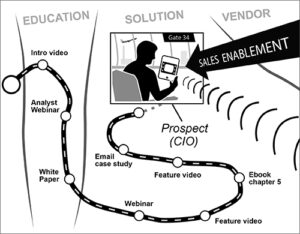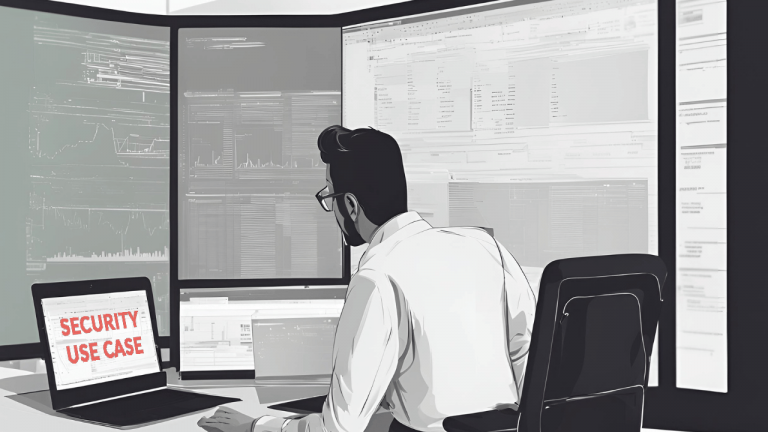
“Helping a salesperson deliver the right content to the right person at the right time” seemed like a good working definition of sales enablement when I quoted it recently, but, on further reflection, I wish I had added “at the right place” because prospects are so often on the go. That’s why explainer video is a key sales enablement tool
How does how and where they’re watching matter?
Think about the huge numbers of sales professionals who are working — but not at their desks. If they are on the go — as sales reps, in particular, always seem to be — their preferred device is probably a tablet or a smart phone. Surrounded by distractions and annoyances, they love to plug in the headphones and watch video. What an opportunity for you! You can be get them latest info on a new product before just before they meet with a client. Tell them about a new process being implemented. Provide details on a hot new promotion. And encourage them to share the video content with a customer or partner.
Smart phones and tablets are learning devices
Now, mobile devices are communication devices, but they are also, increasingly, learning devices. They are better than laptops for reading books and publications of all kinds (including blogs, white papers, and infographics), and for viewing all kinds of video. They also make it very easy to share what we’ve learned and respond to whoever originated the content.
What kinds of video work best?
For sales enablement, videos that represent a good faith effort to support a business case with credible information. Short videos, for sure. Videos that get to the point, and stop there, will get your point absorbed. They’ll also stand out in the B2B video crowd. For commuters and travelers doing their homework on public or commercial transportation, longer form videos like tutorials or recorded webinars may be just the thing. What matters here is whether the content of the video is valuable to this particular person at this particular stage of his or her “buyer’s journey.”
Improving your sales enablement strategy with video
Collecting and taking action on that sort of information is the core of an effective sales enablement program. But you need to surround that core with effective content. After evaluating your existing content in terms of buyers and where it fits in the buyer’s journey, you’re likely to find some “holes.” It makes sense to fill in some of these with videos — particularly short videos — that work on mobile devices. So, ask yourself questions like these:
- Do we have a video overview for this solution?
- What key messages about our solution can best be conveyed visually?
- What aspects of our solution need to be disentangled from misperceptions, wrong assumptions, or competitors’ misleading claims?
- Can we cost-effectively tailor video content to different buyer personas?
- Can we build a mobile-friendly YouTube channel (or similar video resource) that will help guide the prospect from one video to another appropriate video or other links?
- Can we incorporate video into publications likely to be read on mobile devices?
When all is said and done, video is just video, and there’s nothing special about video on mobile devices versus video on the desktop. But once you start thinking about sales enablement content on mobile devices, you’ll think of many more ways to use video content effectively.



